Mainz Environmental Education Center
The aesthetics of a building do not always have to suffer for the sake of sustainability. The new Environmental Education Center in Mainz, Germany, is a model for how ecologically sound building can go hand in hand with modern visual design.
To have the courage to try something new is one thing. To convince others that the idea is a good one is another. Sustainable architecture has been talked about for many years. But if, for example, a builder wants to become active in sustainable building, the ‘passive house’ is often the default solution. Although that is a good place to start, there are many other sustainable styles and technologies to choose from: “From cradle to grave - a building's life begins with the extraction of raw materials and ends with recycling or at the landfill site,” says Holger Ries from architectural firm Ries und Ries in Budenheim near Mainz. The new Environmental Education Center (Umweltbildungszentrum – UBZ) in Mainz, planned by Ries und Ries, shows just how ecologically sound building can be. “Our approach was to create a building that does not become a burden for future generations by using building materials and accessories that are biodegradable or, at least, easy to dispose of.”
At the former HeidelbergCement site in Mainz-Weisenau, where once the plant villa overlooked the Rhine, the UBZ is currently being built as a modern, barrier-free educational facility for children, young people, and adults, with a stimulating and informative ‘Biological and residual waste experience’ as an attraction, and plenty of space for events and lectures on the topics surrounding environment, nature, and sustainable construction. “The special thing about the building is that it is also made of recycled materials,” explains Holger Ries. “The municipal waste disposal company in the city of Mainz owns the center, and wanted that the concrete be produced using a proportion of recycled concrete aggregates (RC aggregate).”
For the innovative new building, Heidelberger Beton supplied around 650 cubic meters of C25/30 quality R-concrete, the aggregate fraction of which has a maximum grain size of 2/8 millimetres and consists of re-processed concrete. The 360 metric tonnes of recycled material were supplied by Scherer und Kohl out of Ludwigshafen, one of the few companies in Germany that specializes in recycled materials. In addition, a partner was found in construction company Gemünden, which was willing to fully engage in the ambitious project to use R-concrete – and learned valuable lessons in the process. “Generally speaking, R-concrete can be worked in the same way as ordinary concrete,” explains Bodo Wollny, concrete technologist at Heidelberger Beton GmbH. “The water demand is somewhat higher with RC aggregate. But, this is accounted for in the concrete formulation and adjusted on site to optimize results.”
The architects’ concept, a minimalist spatial configuration that integrates itself into the local landscape on the slope, emphasises the ecological benefit of the building and modestly subordinates itself to the function of the center. The two-storey building sports exposed concrete (class SB3) in its daylit interior spaces. “This led to increased formwork costs in some areas,” according to Martin Habes, the architect in charge of the UBZ project at Ries und Ries. “But we wanted to see the concrete, leave it raw, also so that the building could be dismantled relatively easily at the end of the building lifetime. For this reason, all fixtures were installed functionally and visibly on the concrete walls and ceilings."
The innovative ecological concept behind the new UBZ played a guiding role in its design and the selection of materials and technologies. This is manifest, for instance, in the wooden window frames or the renewable energy concept, with an air-to-water heat pump and photovoltaic system. Coming in 50 percent below the EnEV value required for new buildings, the UBZ is constructed within the thermal envelope and the building technology requirements of the passive house standard. The thermal performance is generated by 30-centimeter thick mineral wool insulation on 25-centimeter thick reinforced concrete walls.
Through the UBZ, and its intensive cooperation with science and industry, the City of Mainz intends to set a visible example of how holistic and broadly networked education can work. And, with its own nature discovery trail, cycle paths and hiking trails, the center offers a unique nature experience that will make it a point of attraction for those seeking environmental information and education locally and far beyond.
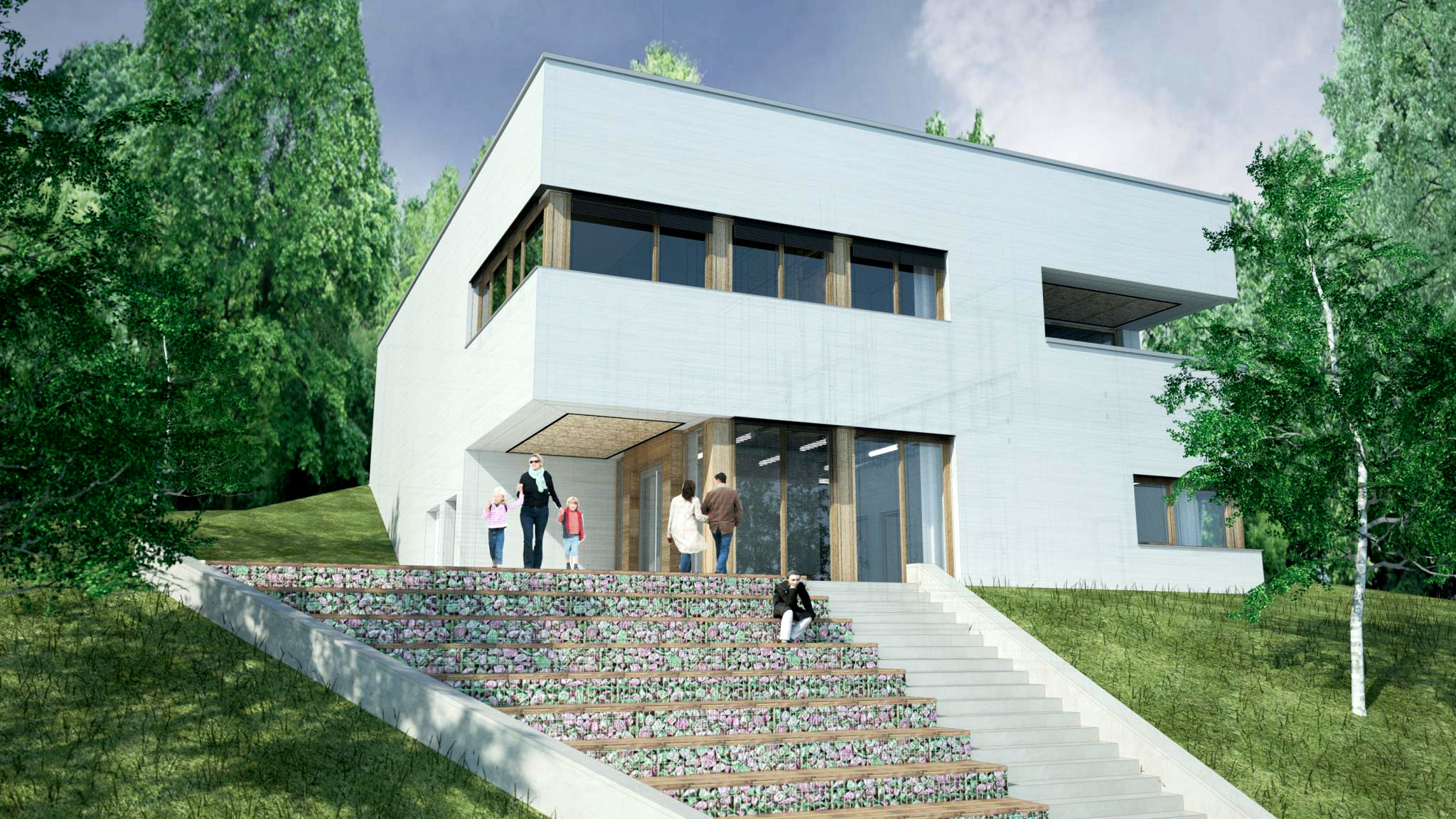
Environmental Education Centre Mainz, Germany.
Ries+Ries Architekten Ingenieure GmbH

Environmental Education Centre Mainz, Germany.
HeidelbergCement / Steffen Fuchs
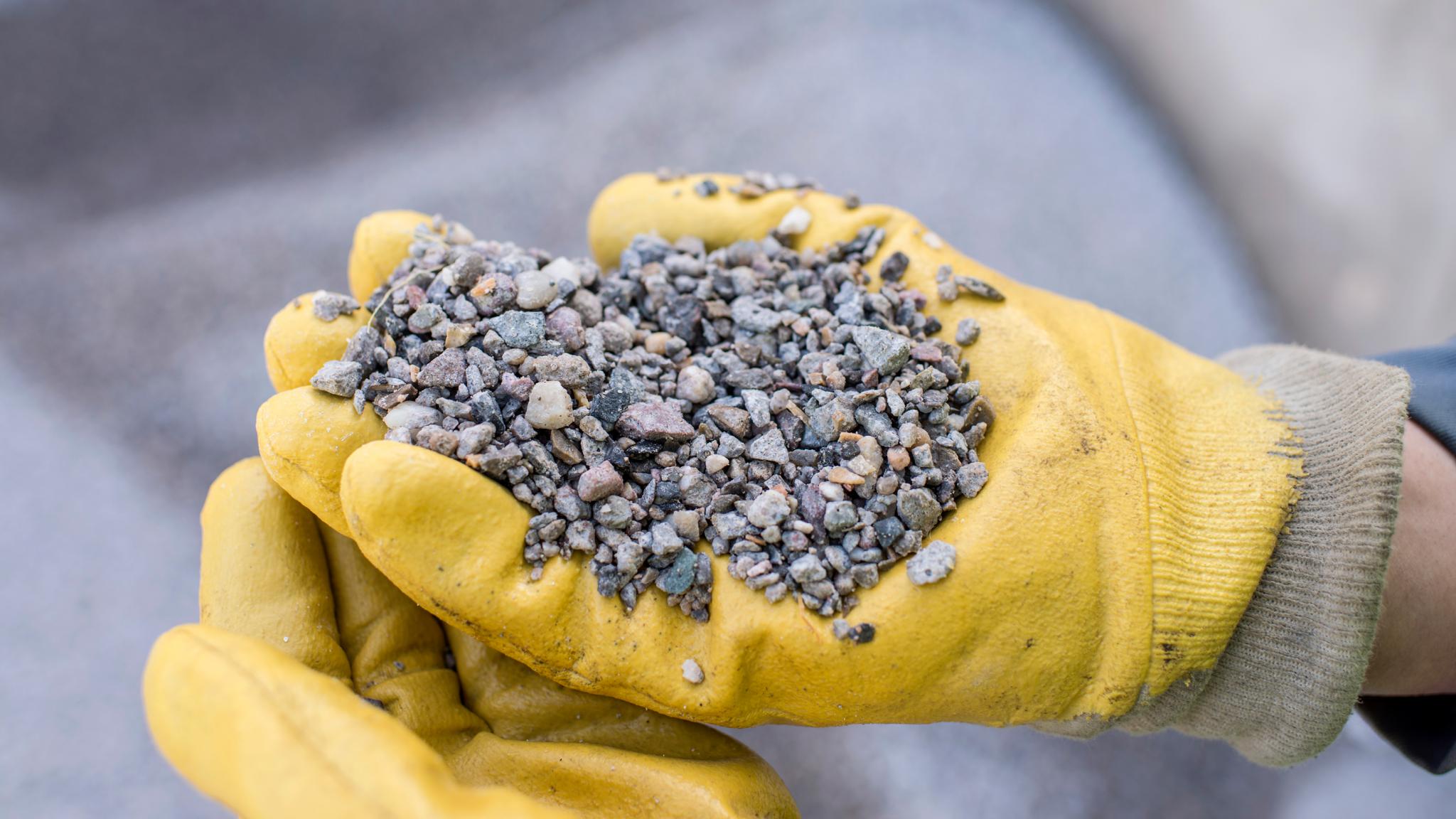
Environmental Education Centre Mainz, Germany.
HeidelbergCement / Steffen Fuchs
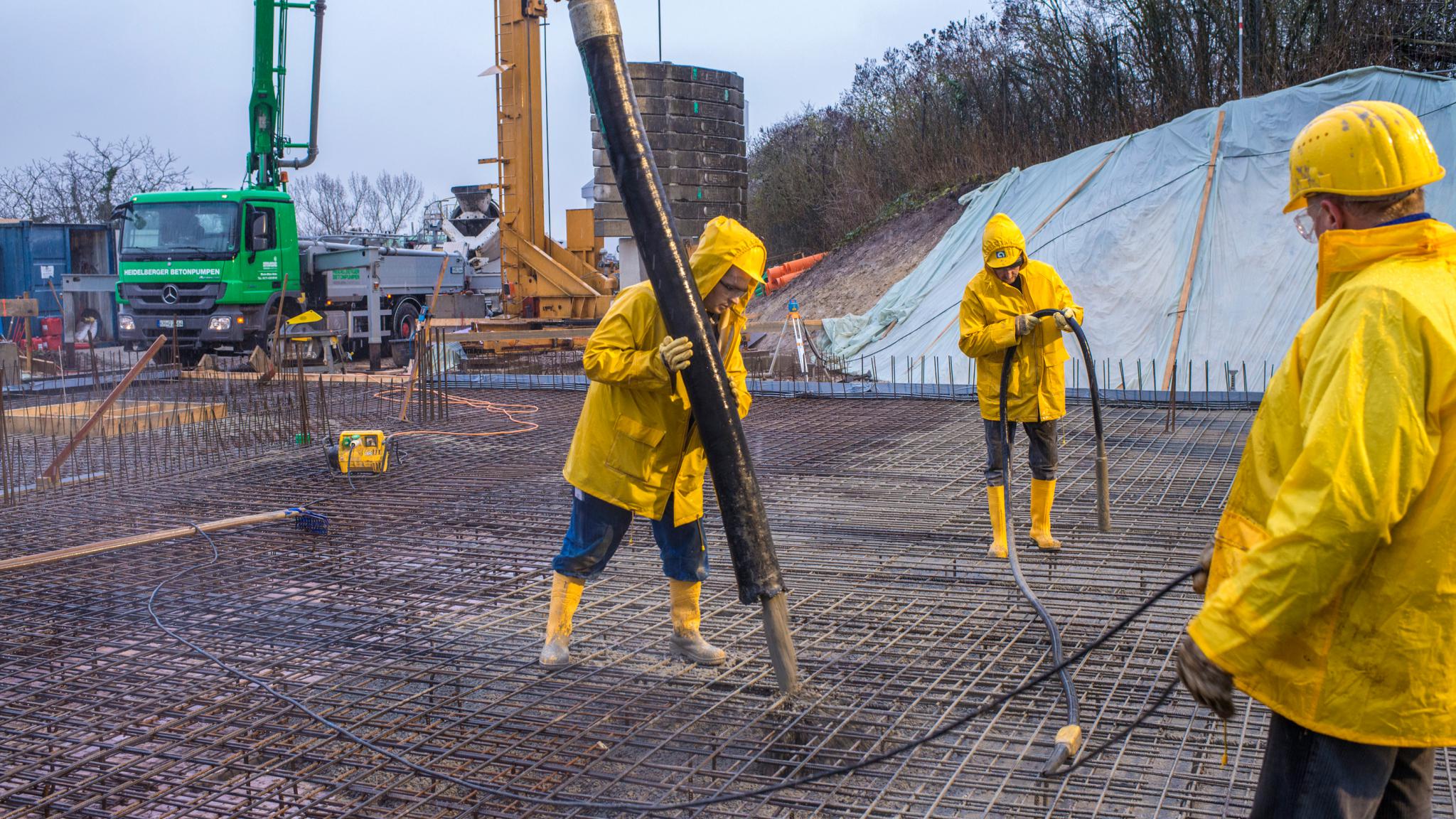
Environmental Education Centre Mainz, Germany.
HeidelbergCement / Steffen Fuchs

Environmental Education Centre Mainz, Germany.
HeidelbergCement / Steffen Fuchs
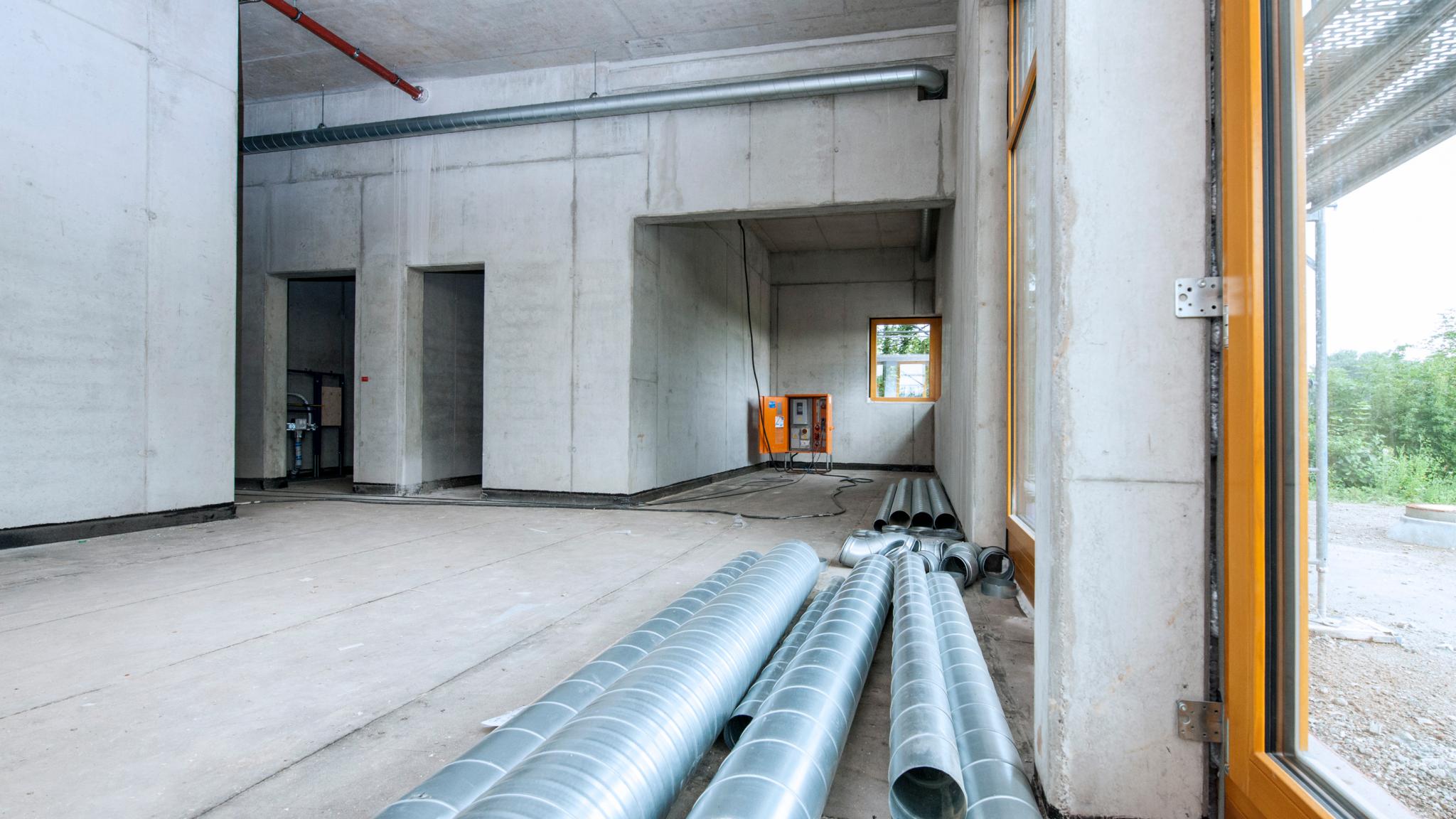
Environmental Education Centre Mainz, Germany.
HeidelbergCement / Steffen Fuchs
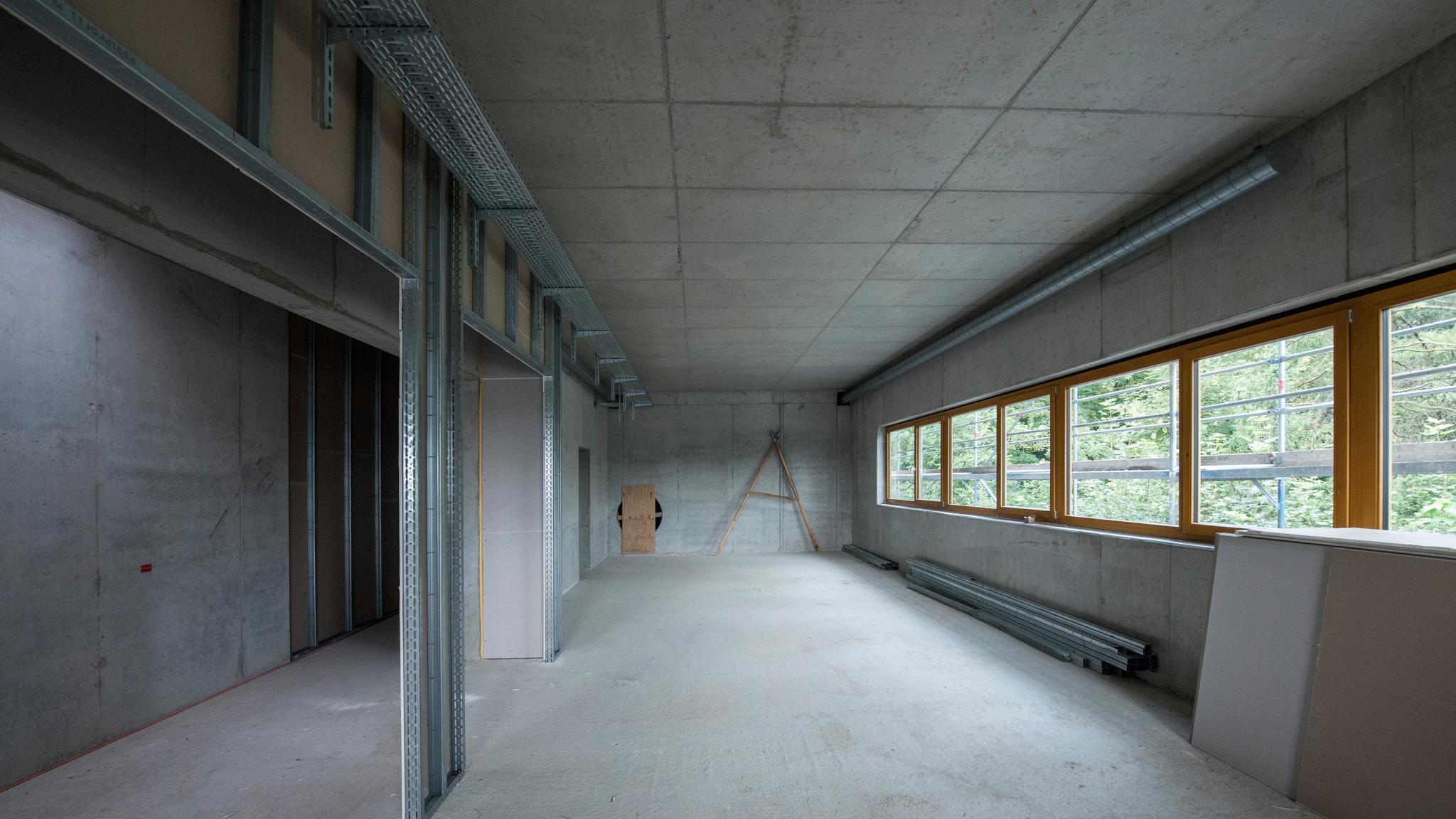
Environmental Education Centre Mainz, Germany.
HeidelbergCement / Steffen Fuchs

Environmental Education Centre Mainz, Germany.
Ries+Ries Architekten Ingenieure GmbH

Environmental Education Centre Mainz, Germany.
HeidelbergCement / Steffen Fuchs

Environmental Education Centre Mainz, Germany.
HeidelbergCement / Steffen Fuchs

Environmental Education Centre Mainz, Germany.
HeidelbergCement / Steffen Fuchs

Environmental Education Centre Mainz, Germany.
HeidelbergCement / Steffen Fuchs

Environmental Education Centre Mainz, Germany.
HeidelbergCement / Steffen Fuchs

Environmental Education Centre Mainz, Germany.
HeidelbergCement / Steffen Fuchs
